Transformed Rhino horn
Rhino horn
Vendor: Mark Meek
Telegram Username:@Markmeek451
Description
Rhino horn transformed to bracelets, beats ,rings for easy transport and delivery ready for shipment. Upto to 10kg Think horn available for a one time Shipment and Discrete delivery
The rhino horn has been at the center of global debates for decades, fueling myths, illegal trade, and conservation challenges. Despite being made of keratin, the same protein found in human hair and nails, rhino horn has been wrongly attributed with medicinal and cultural value in some parts of the world. This has led to severe poaching, pushing several rhino species to the brink of extinction. In this blog, we uncover the myths, facts, and conservation efforts surrounding the rhino horn to raise awareness and promote education.
What is Rhino Horn Made Of?
Many people mistakenly believe that rhino horn is made of bone or ivory. In reality, it is composed of keratin, the same substance found in our fingernails. This scientific fact dispels the myth that rhino horn has unique medicinal or supernatural powers. Despite this, demand continues in certain markets, driven by cultural beliefs and social prestige.
Cultural Beliefs and Myths About Rhino Horn
For centuries, rhino has been associated with traditional medicine, particularly in parts of Asia, where it was believed to cure fevers, detoxify the body, or even enhance vitality. Additionally, in some cultures, rhino horn is regarded as a symbol of wealth and status, used to carve ornaments and ceremonial cups.
However, modern science confirms that rhino horns have no medicinal value beyond placebo effect. The continued demand is based on cultural myths rather than medical evidence.
The Impact of Rhino Horn Trade on Conservation
The illegal trade in rhino has devastated rhino populations worldwide. Poachers target these animals solely for their horns, leaving behind tragic losses in already endangered species. According to conservation reports, black rhinos and Sumatran rhinos are critically endangered, largely due to horn trafficking.
This crisis is not only a threat to rhinos but also disrupts entire ecosystems. As grazers and browsers, rhinos play a vital role in maintaining healthy grasslands and forests. Losing them would create a ripple effect across biodiversity.
Global Conservation Efforts
To combat the illegal rhino horn trade, governments, NGOs, and wildlife organizations have implemented various strategies:
-
Strict Anti-Poaching Laws – Enhanced security in national parks and reserves.
-
Awareness Campaigns – Educating the public about the reality of rhino horns and debunking myths.
-
International Bans – CITES (Convention on International Trade in Endangered Species) prohibits international trade in rhino horns.
-
Wildlife Protection Technologies – Use of drones, tracking devices, and modern surveillance to protect rhinos.
These efforts are making a difference, but continuous awareness and global cooperation are needed to protect these majestic creatures.



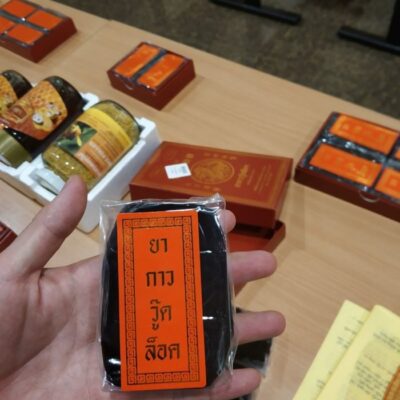









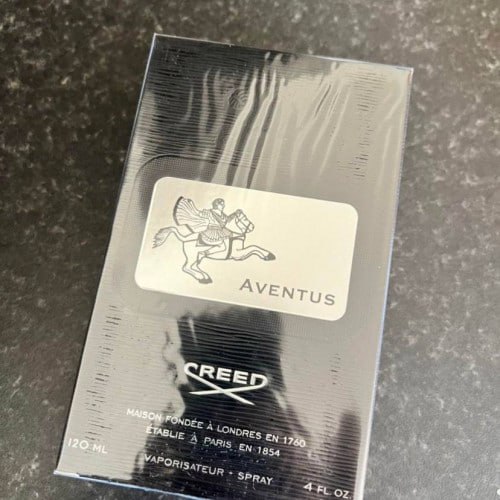
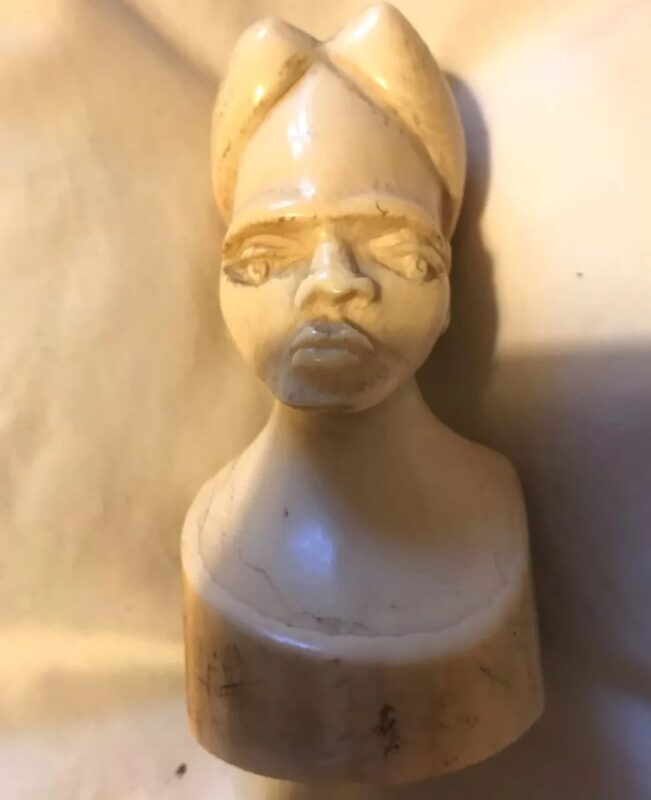



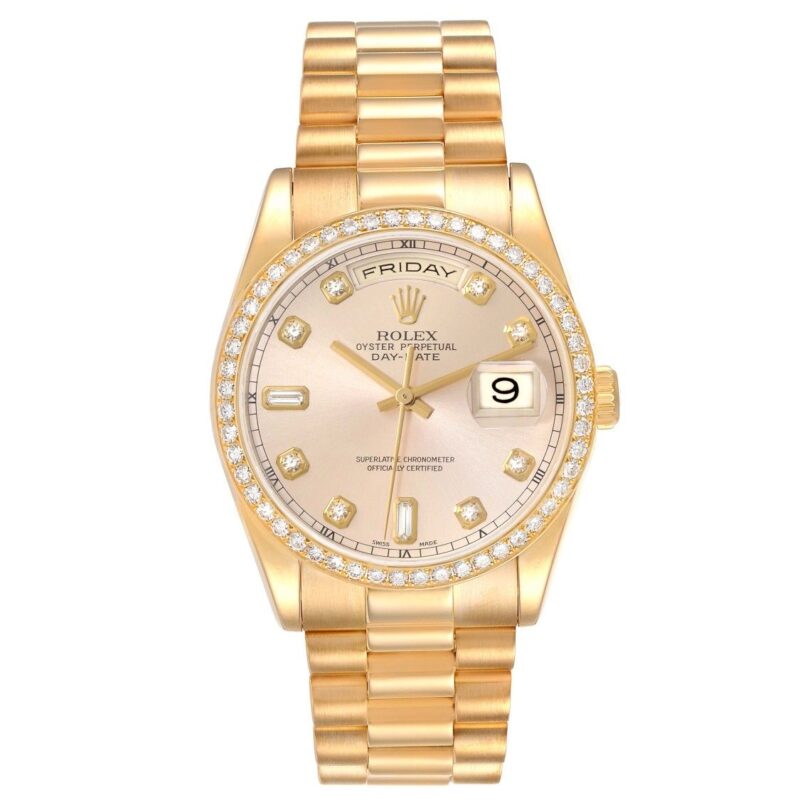


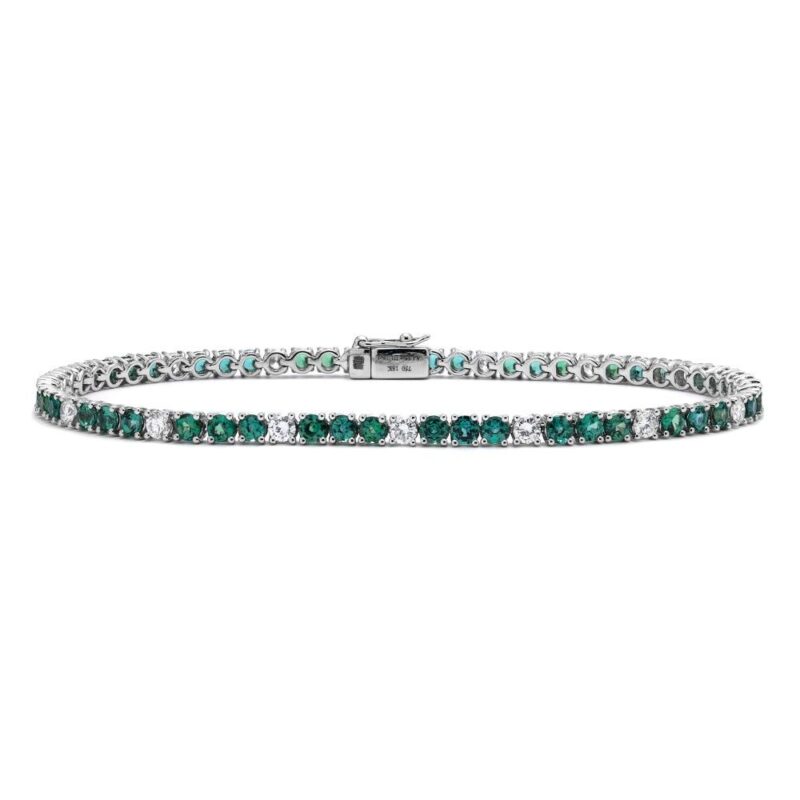



Reviews
Clear filtersThere are no reviews yet.